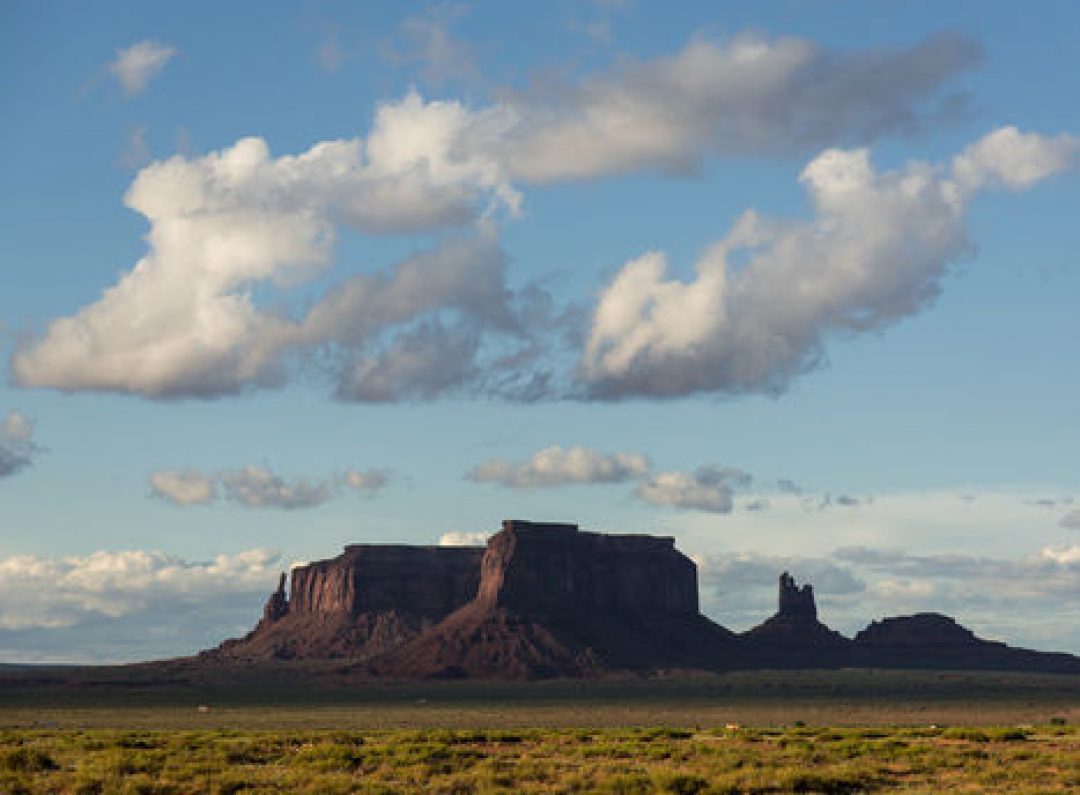
14-bit vs 12-bit RAW – Can You Tell The Difference? | John Sherman
12-bit image files can store up to 68 billion different shades of color. 14-bit image files store up to 4 trillion shades. That’s an enormous difference, so shouldn’t we always choose 14-bit when shooting RAW? Here’s a landscape I snapped, then found out later I had shot it in 12-bit RAW. Better toss this one out, right? Depending on which class you took at the University of Google, the human eye is only capable of distinguishing between 2.5 and 16.8 million different shades of colors. If this is the case then wouldn’t 12-bit be plenty? Even 8-bit JPEGs can render 16.8 million colors. There are many upsides to shooting 12-bit instead of 14-bit. The files are smaller, hence your camera’s buffer doesn’t fill up as fast, allowing longer action sequences to be caught before buffering out. 12-bit files take up less space on your memory cards – great for if you are on vacation without the ability to download your images every night. You can save money because you don’t need to purchase as many gigs of storage. Likewise, 12-bit hogs less space on your drives at home and the same number of 12-bit files load faster than if they were 14-bit. Lastly some cameras, such as Nikon’s D7100 and D7200 achieve higher burst rates when shot in 12-bit than in 14-bit…..
Source: photographylife.com
Fujinon XF Lenses
Do you love my work and want to support me? If you’re planning on buying camera gear, you can check out above-noted links. Prices remain the same for you, but a small percentage of your purchase value is valued back to me. Thank you!
my Fujifilm X-cameras | Piet Van den EyndeNext article Rotterdam's Legacy | Sebastiaan van Wijk
